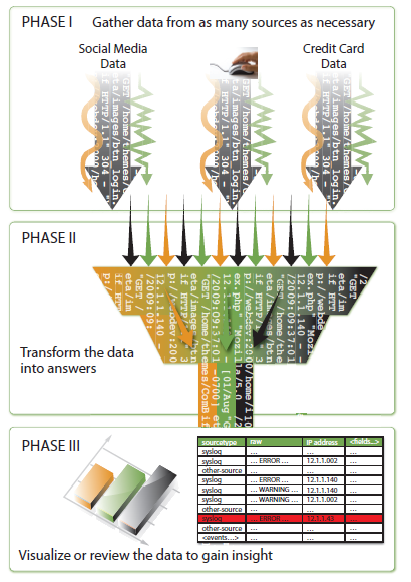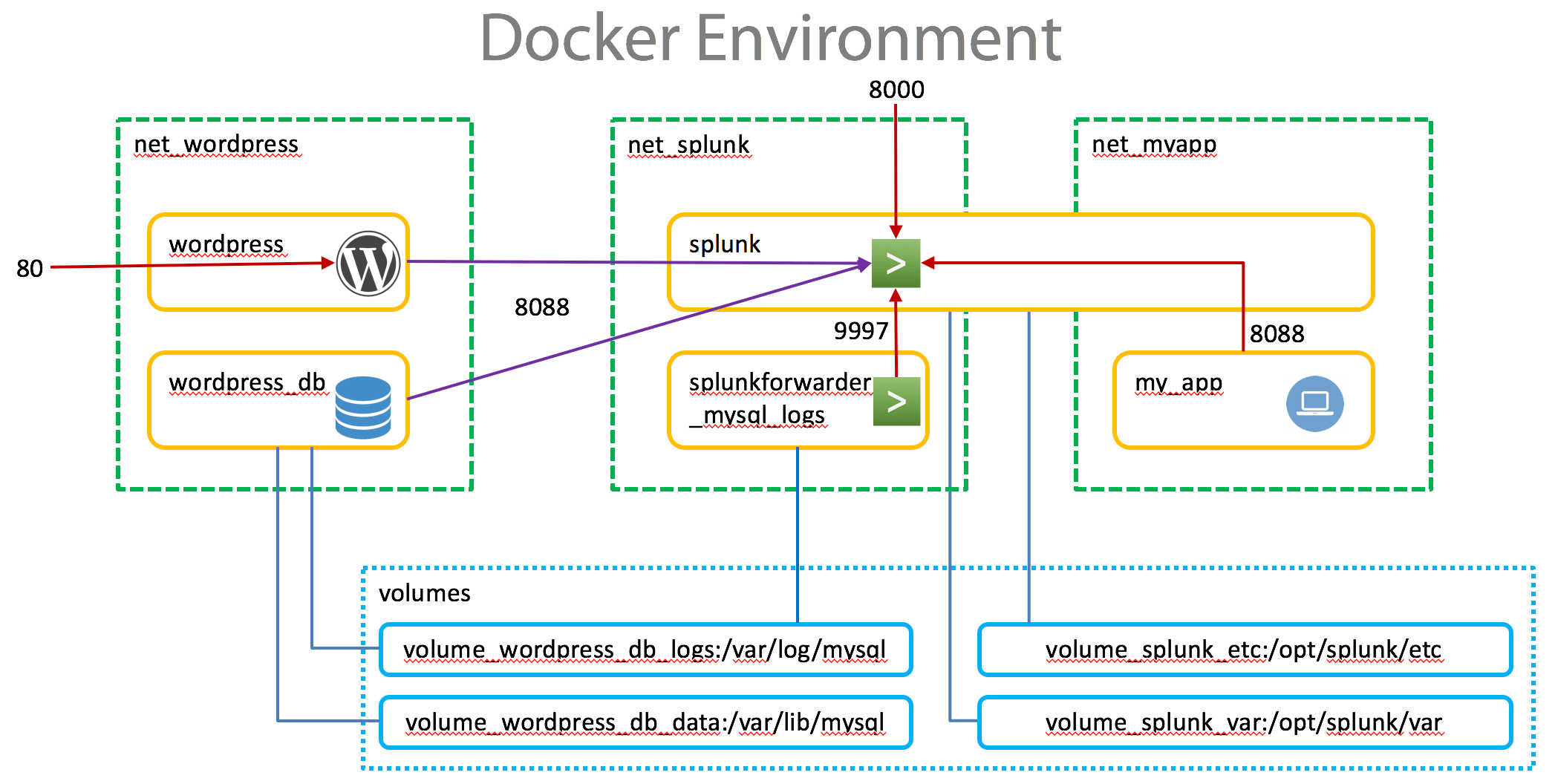
Configuration files (nf): You can create event types by directly editing nf configuration file in $SPLUNK_HOME/etc/system/localīy now, you would have understood how event types are created and displayed. Refer to the below screenshot to get a better understanding:Ĥ. Let me take the same employee example to make it easy. Using Splunk Web: This is the easiest way to create an event type. Once you click on ‘Build Event Type’ displayed in the above screenshot, it will return the selected set of events based on a particular search.ģ.

Step2: Find the down arrow next to the event timestamp You can find this utility in your search results.

This utility also enables you to assign specific colors to event types. Using Build Event Type Utility: The Build Event Type utility enables you to dynamically create event types based on Splunk events returned by searches. You can refer to the below screenshot to get a better understanding:Ģ. Go through the below steps to create one: Using Search: We can create an event type by writing a simple search query. Let us go into more detail to understand it properly:ġ. There are multiple ways to create an event type: Now, let us learn how these Splunk event types are created. But, you can associate one or more tags with an event type. You can also create alerts based on the search results.ĭo note that you cannot use a pipe character or a sub search while defining an event type.
#SPLUNK SUBSEARCH TUTORIALS FULL#
It is the full pathname or a file or directory within a machine.

Learn all about Splunk with the Splunk Certification. These knowledge objects help to enrich your data in order to make them easier to search and report on. In this blog, I am going to explain Splunk Events, Event types, and Splunk Tags.

In my previous blog, I spoke about 3 Knowledge objects: Splunk Timechart, Data model and Alert that were related to reporting and visualizing data.


 0 kommentar(er)
0 kommentar(er)
